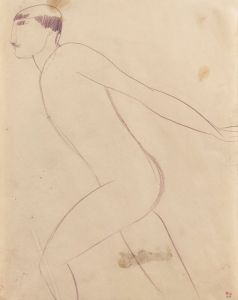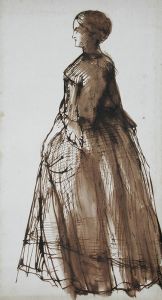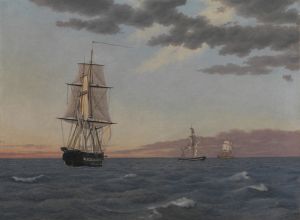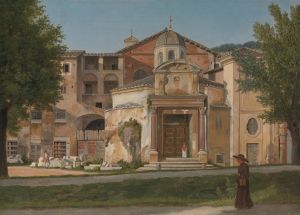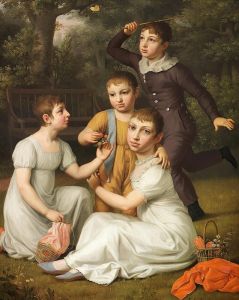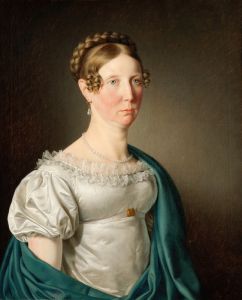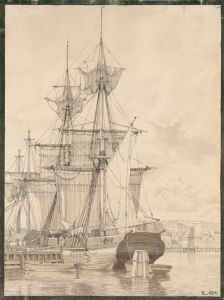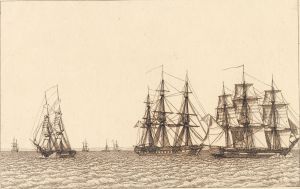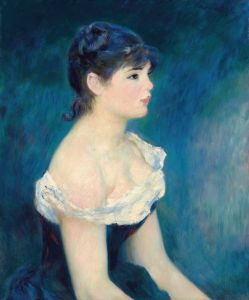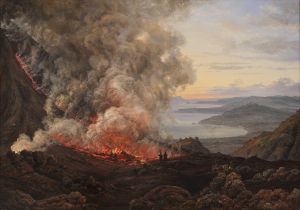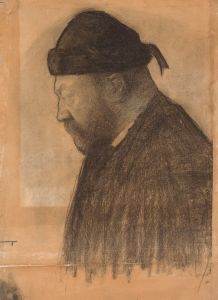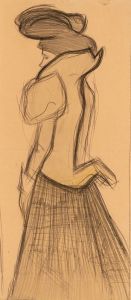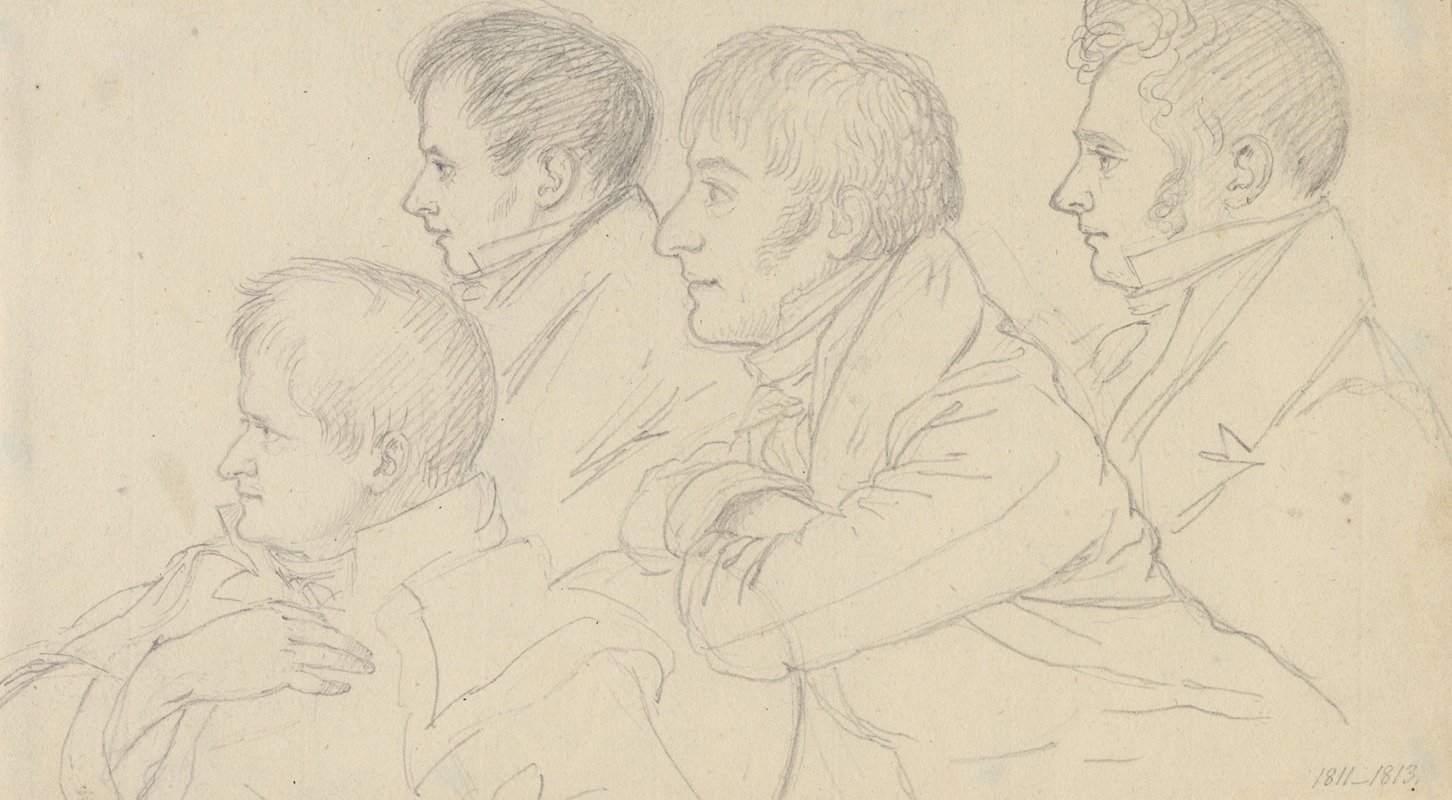
Fire hoveder i profil mod venstre
A hand-painted replica of Christoffer Wilhelm Eckersberg’s masterpiece Fire hoveder i profil mod venstre, meticulously crafted by professional artists to capture the true essence of the original. Each piece is created with museum-quality canvas and rare mineral pigments, carefully painted by experienced artists with delicate brushstrokes and rich, layered colors to perfectly recreate the texture of the original artwork. Unlike machine-printed reproductions, this hand-painted version brings the painting to life, infused with the artist’s emotions and skill in every stroke. Whether for personal collection or home decoration, it instantly elevates the artistic atmosphere of any space.
Christoffer Wilhelm Eckersberg, often referred to as the "Father of Danish Painting," was a pivotal figure in the development of Danish art in the 19th century. One of his notable works is "Fire hoveder i profil mod venstre," which translates to "Four Heads in Profile Facing Left." This painting exemplifies Eckersberg's dedication to realism and his meticulous attention to detail, characteristics that defined much of his oeuvre.
Eckersberg was born in 1783 in Blåkrog, Denmark, and he played a significant role in shaping the Danish Golden Age of painting. He studied at the Royal Danish Academy of Fine Arts in Copenhagen and later honed his skills in Paris under the tutelage of Jacques-Louis David, a leading neoclassical painter. This experience profoundly influenced Eckersberg's style, as he adopted David's emphasis on clarity, precision, and classical themes.
"Four Heads in Profile Facing Left" is a testament to Eckersberg's skill in portraiture and his ability to capture the human form with remarkable accuracy. The painting features four distinct profiles, each rendered with a keen eye for anatomical correctness and individuality. This work is a study in physiognomy, showcasing Eckersberg's interest in the human face and his ability to convey character and emotion through subtle variations in expression and posture.
Eckersberg's approach to painting was methodical and disciplined. He often employed live models and insisted on painting from direct observation, a practice that was somewhat revolutionary at the time. This commitment to realism is evident in "Four Heads in Profile Facing Left," where each profile is depicted with lifelike precision. The painting reflects Eckersberg's belief in the importance of studying nature and the human form as the foundation of artistic practice.
Throughout his career, Eckersberg was not only a prolific painter but also an influential teacher. He served as a professor at the Royal Danish Academy of Fine Arts, where he mentored a generation of Danish artists who would go on to define the Danish Golden Age. His teachings emphasized the importance of drawing and the study of anatomy, principles that are clearly reflected in his own work.
"Four Heads in Profile Facing Left" is a fine example of Eckersberg's contribution to the art world, illustrating his mastery of form and his dedication to capturing the essence of his subjects. The painting is part of a broader body of work that includes portraits, landscapes, and historical scenes, all characterized by Eckersberg's distinctive style and technical prowess.
Eckersberg's legacy is evident in the continued appreciation of his work and his influence on subsequent generations of artists. His paintings are housed in various collections, including the National Gallery of Denmark, where they continue to be studied and admired for their clarity, composition, and insight into the human condition. "Four Heads in Profile Facing Left" remains a significant piece within this legacy, exemplifying the qualities that have earned Eckersberg a lasting place in the history of art.





